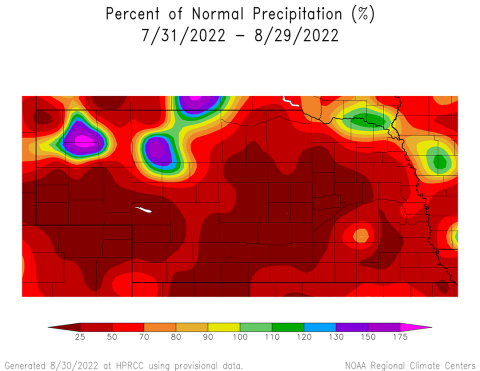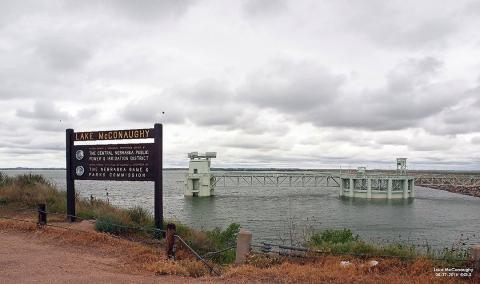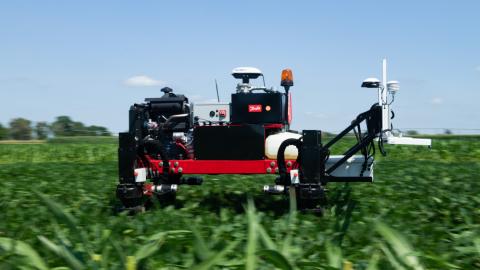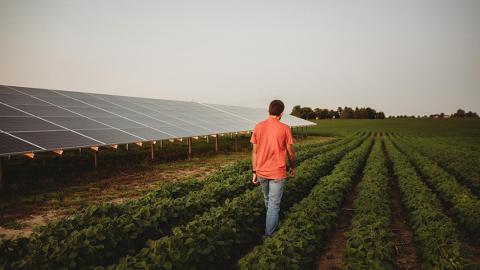Using Cost of Production Information in a Good Risk Management Culture
September 2, 2022
Farm and ranch management experts discuss utilizing enterprise budgeting to establish costs of production and explore how to use this information in a good risk management culture to effectively manage risk.
USDA to Mail Additional Pre-Filled Applications to Producers Impacted by 2020, 2021 Disasters
September 2, 2022
More than 18,000 producers will soon receive new or updated pre-filled applications to offset eligible crop losses from natural disaster events in 2020 and 2021.
Weekly Agricultural Weather Update — Aug. 30, 2022
September 1, 2022
A warmer and drier pattern is favored to continue for most of the first half of September — temperatures are anticipated to be in the 80s and mid-90s until Sept. 12, when cooler weather may move into Nebraska.
The North Platte River — Multi-use Water, Part 6
September 1, 2022
Part 6 of Extension Educator Gary Stone's series on the North Platte River features the remaining dams and powerplants in Nebraska and Wyoming.
New Agricultural Systems Technology Major Prepares Students for Future of Agriculture
September 1, 2022
The new major will be available to students starting in the fall of 2023 through the UNL College of Agricultural Sciences and Natural Resources.
Farm Energy Management Webinar Series: Strategies to Save on Electric Bills
September 1, 2022
This three-part webinar series will cover electric bill components and how to interpret them, as well as strategies to save on energy charges, demand charges and power factor charges.
Fall 2022 Seed Guide Available
September 1, 2022
The 2022 Fall Seed Guide includes details on yield, protein, test weight, ratings for disease characteristics, location summaries and weather information from this year's winter wheat trials.
Crop Progress: Sorghum Condition Falls to 35% Very Poor
September 1, 2022
As of Aug. 28, sorghum condition dropped another 15% over the week prior, and corn and soybean crop conditions experienced a slight decrease.









